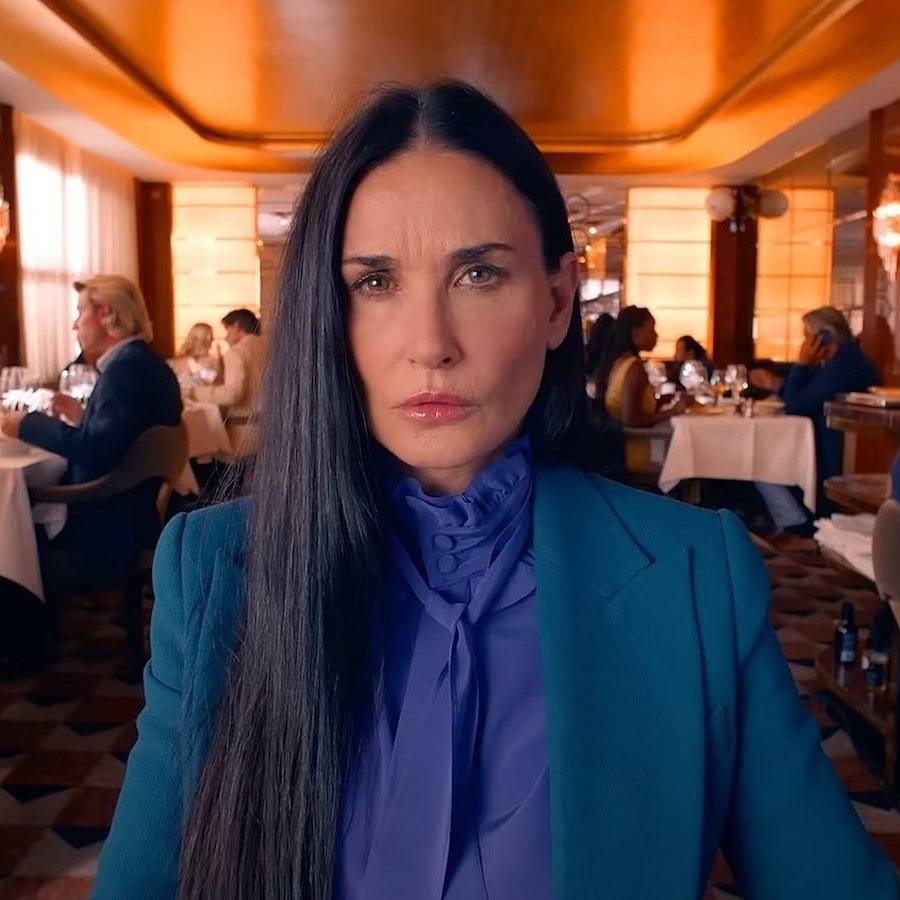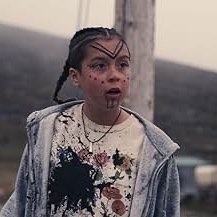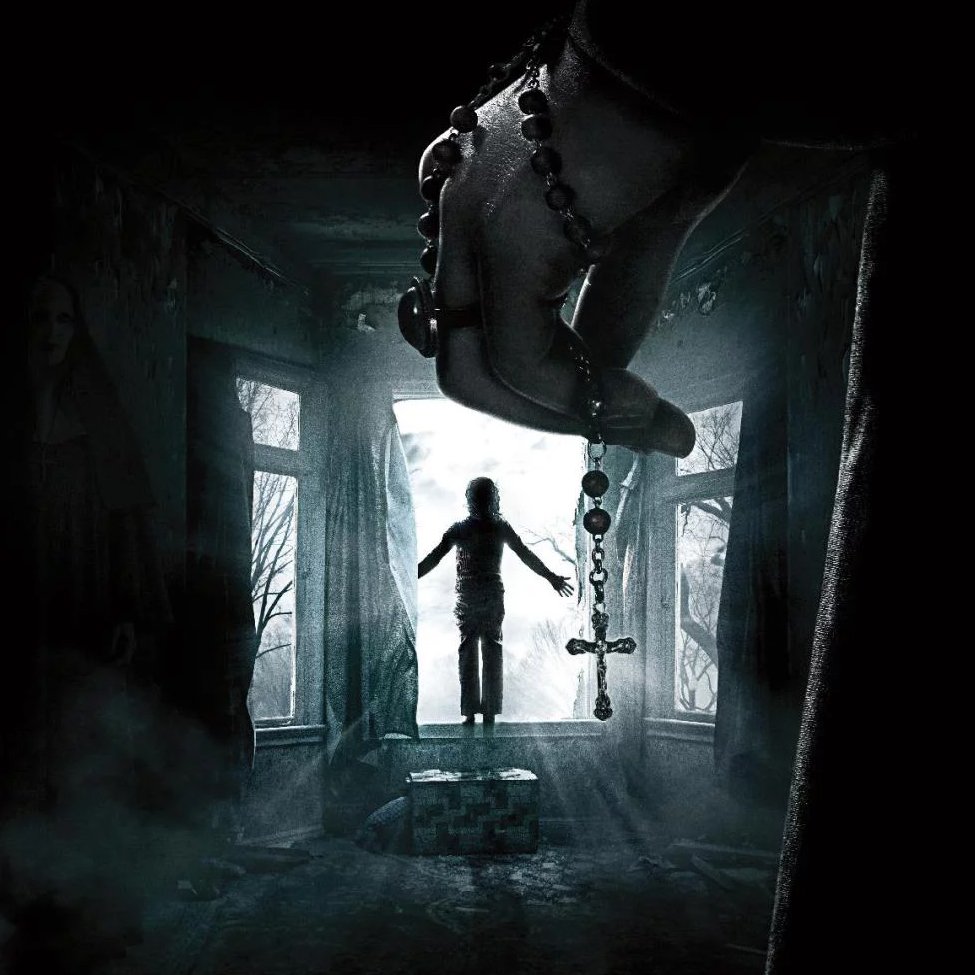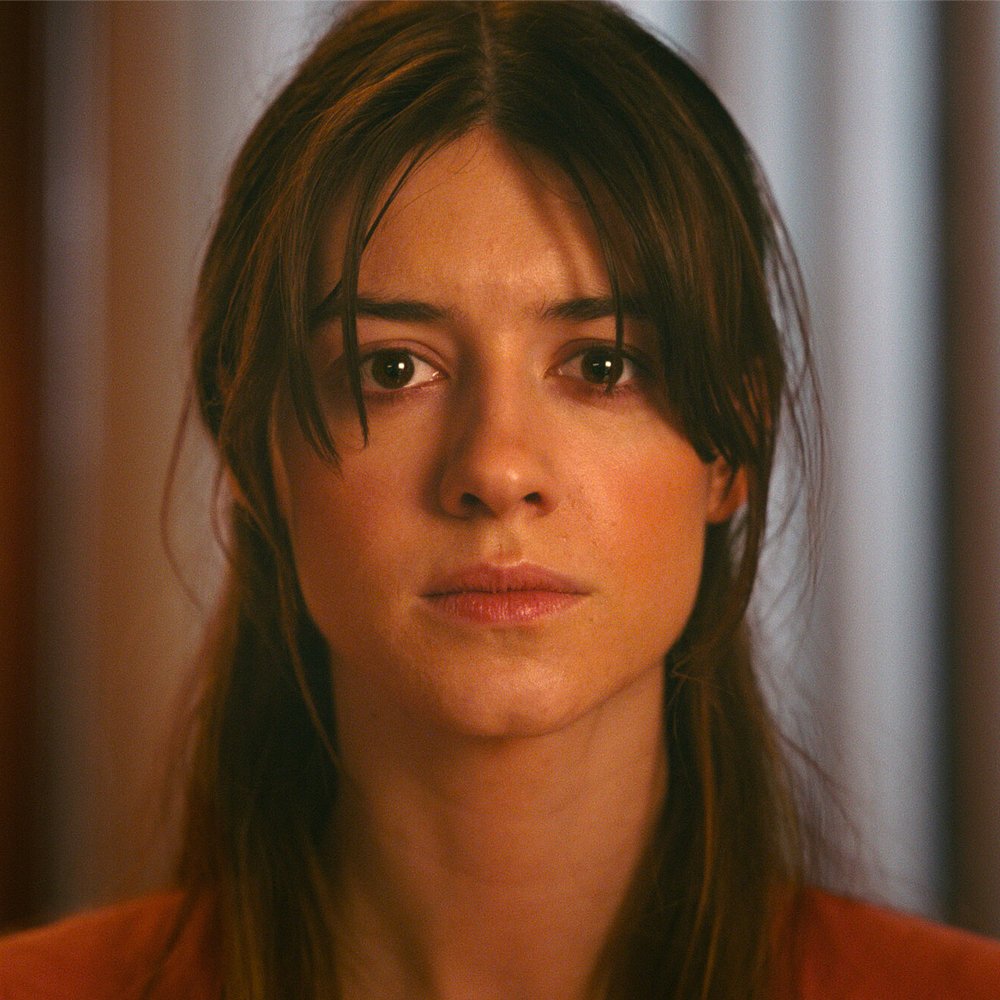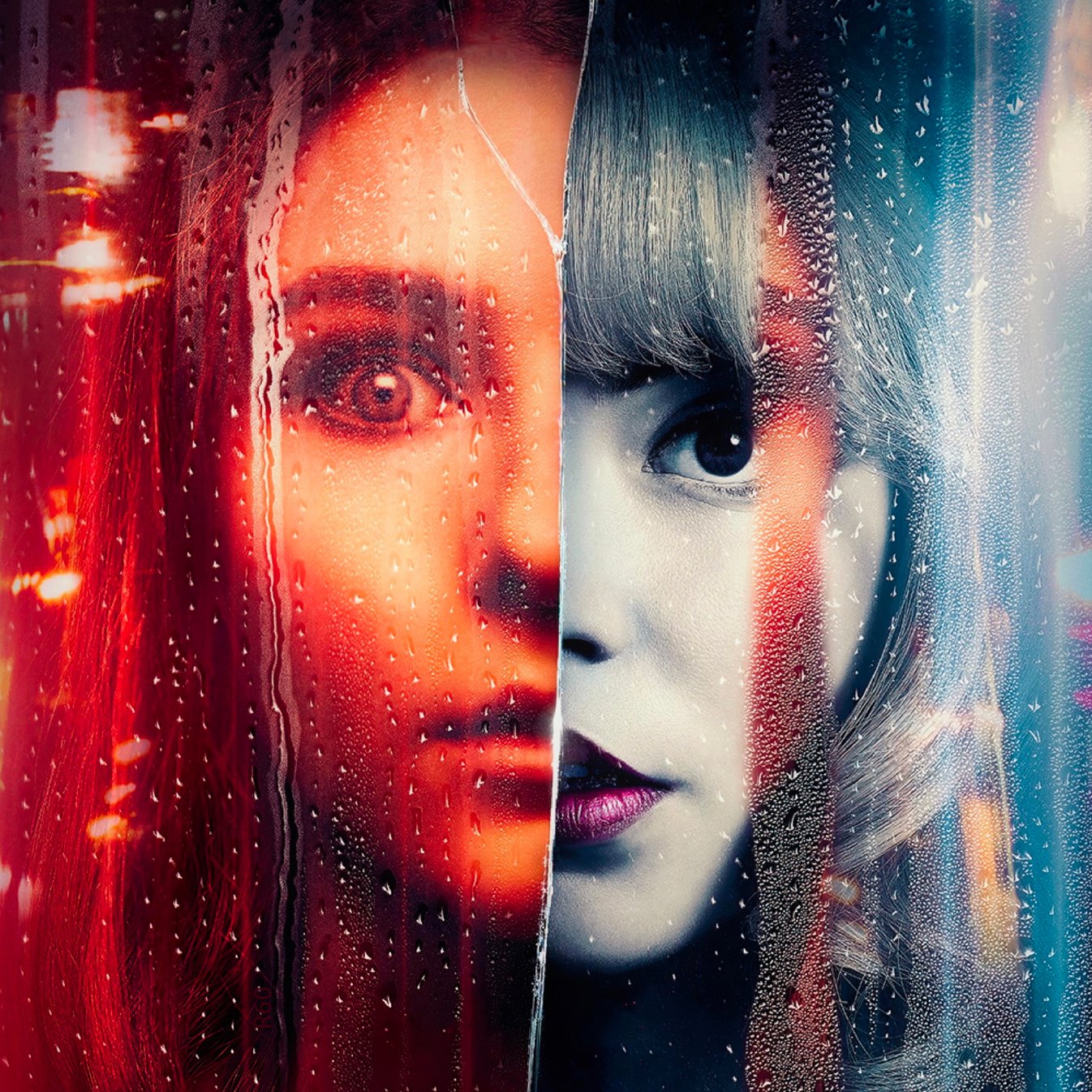Review: The Dead Don’t Die
In the small town of Centerville, Adam Driver’s character Peterson utters six damning words in the most deadpan fashion: “things aren’t going to end well.” This is after the town has been overrun with the undead, all of which have risen up and begun eating people, and are now wandering around the town, searching for the material objects they liked when they were alive. Peterson’s partner Robertson (played by Bill Murray) is utterly confused by this. There must be a way out, right? Maybe this is just some kind of cruel joke? Well, given the movie they’re both in, it is, but it is unclear whether it’s supposed to be funny or tragic.
As described, The Dead Don’t Die is a horror comedy about two police officers watching their small town get eaten by zombies. However, The Dead Don’t Die is also a parody, constantly poking fun at the horror genre and script writing cliches, sometimes shattering the fourth wall to a worrying degree. Upon further consideration, I suppose The Dead Don’t Die is also a commentary on the dangers of conformity to consumerism, with zombies wandering towards and mumbling the names of the material objects they loved when they were alive (most notably “Chardonnay”). Oh, and The Dead Don’t Die is also a blatant critique of racist Trump supporters (given Steve Buscemi’s red hat unsubtly reading “Make America White Again”) and politicians’ unnerving tendency to wave off climate change like it’s not a huge problem that will kill us all-
Basically, The Dead Don’t Die is about many, many things. Perhaps it is about too many things. I imagine Jim Jarmusch’s script-writing process (who also directed the film) involved putting up a dart board, throwing a bunch of darts, and making something that somehow incorporated the five major themes it struck first. It is certainly admirable to see a creator’s willingness to tackle so many topics when many films opt to not be about much at all, but it does beg the question of whether all this coalesced into something watchable. I would say it did in the end, though there are quite a few missteps along the way.
The main issue with the film is its clunky plotting. There are about five main stories happening at once - Adam Driver, Bill Murray and Chloe Sévigny as cops fighting zombies, Tilda Swinton as the Scottish samurai who runs the town’s funeral home fighting zombies, Caleb Landry Jones as the owner of a horror film collectible shop (that I desperately want to go to) fighting zombies (eventually joined by Danny Glover, the owner of the hardware store), Steve Buscemi as an overt racist fighting zombies, and then various townspeople who are also caught in the crossfire. Oh, and there’s the homeless guy who lives in the woods. I guess the college-age hipsters visiting from the city count too?
Anyway, since there are so many subplots happening at once, all with minimal intersection, this concept seems like it would be better suited for a television mini-series than a feature. Even so, the film knows which characters are the most entertaining, and gives them more focus over the boring ones. I could never get enough of Adam Driver and Bill Murray’s comedic chemistry - Adam plays the almost sociopathic younger cop who blithely makes nihilistic comments about the situation, while Bill is the extremely exasperated older cop who just seems confused by his partner. Tilda Swinton looked like she was having so much fun playing her oddly specific role, and Caleb Landry Jones and Danny Glover were enjoyable to watch too. In fact, the acting was all fairly on point, except for Selena Gomez, who seemed to cluelessly walk around the set and wait for Bill Murray and Adam Driver to give her cues. She desperately needed more screen time to flesh out her character.
Though, to be fair, the overstuffed plot never really gives any individual character the opportunity to be developed properly, making all of them feel shallow and stereotypical. Most of their likability stems from the star power and inherent charisma of the actors, rather than the characters they were supposed to be playing. Even so, I do believe that was intentional to a degree, because the film makes it clear that it wants to both make fun of and pay homage the typical characters and tropes of the horror genre. Given how stereotypical characters are a huge part of the genre (it serves as efficient characterization so the film can spotlight the monster/killer/etc.), it feels fitting. Furthermore, each character was memorable in the end, so I think it can be excused, but I can see where people will have issues with it. There’s no room for real nuance with this film, unfortunately, even if that is arguably part of the point.
On the definitively positive side, one aspect I particularly liked about The Dead Don’t Die was its infectious devil-may-care attitude when it came to the humor, and eventually the narrative itself. Jarmusch consistently navigates through film references, fourth wall jokes, and world-shattering plot reveals without caring about logic or consistency, and given my love of meta humor, I found that endlessly entertaining and quite funny. It also makes me wonder if its devil-may-care attitude towards filmmaking was actually the main point itself; not to give away the ending, but there is this strange sense of nihilistic dread that hangs over everything, even if there is some implication that you shouldn’t have been taking it too seriously. I can already sense that it will have rewatch value in this regard.
Ultimately, The Dead Don’t Die is messy script-wise, but still has some entertaining moments, clever humor, and charismatic performances from its all-star cast. It is rare to see a film this strange and ambitious get a wide release these days, so I would definitely check it out. Oh, and be aware that Sturgill Simpson’s song in the movie is a real earworm. I saw the movie weeks ago, and it’s still playing in my head. It just won’t die.


